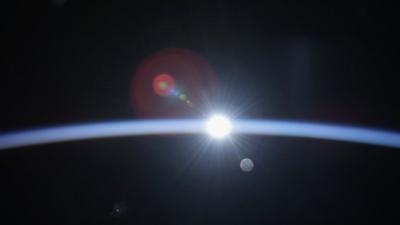Fri, Mar 23, 2018
Advertisement
More News
 Airborne 09.29.25: Amelia Declassified, AV-30 Upgrades, Who's Hiring Pilots?
Airborne 09.29.25: Amelia Declassified, AV-30 Upgrades, Who's Hiring Pilots?
Also: Dream Chaser, Newark Airport, Drone Operator Sentenced, Airbus H225 Buy US President Donald Trump recently vowed to declassify all files related to legendary aviator Amelia E>[...]
 ANN's Daily Aero-Term (10.03.25): Receiver Autonomous Integrity Monitoring
ANN's Daily Aero-Term (10.03.25): Receiver Autonomous Integrity Monitoring
Receiver Autonomous Integrity Monitoring (RAIM) A technique whereby a civil GNSS receiver/processor determines the integrity of the GNSS navigation signals without reference to sen>[...]
 NTSB Prelim: Lawson Thomas O Lancair Super ES
NTSB Prelim: Lawson Thomas O Lancair Super ES
Airplane Continued To Bank To The Right And “Went Straight Down Into The Hillside At What Sounded Like Full Engine Power.” On September 12, 2025, about 1421 Pacific day>[...]
 ANN FAQ: Follow Us On Instagram!
ANN FAQ: Follow Us On Instagram!
Get The Latest in Aviation News NOW on Instagram Are you on Instagram yet? It's been around for a few years, quietly picking up traction mostly thanks to everybody's new obsession >[...]
 Classic Aero-TV: ICAS Perspectives - Advice for New Air Show Performers
Classic Aero-TV: ICAS Perspectives - Advice for New Air Show Performers
From 2009 (YouTube Edition): Leading Air Show Performers Give Their Best Advice for Newcomers On December 6th through December 9th, the Paris Las Vegas Hotel hosted over 1,500 air >[...]
blog comments powered by Disqus




